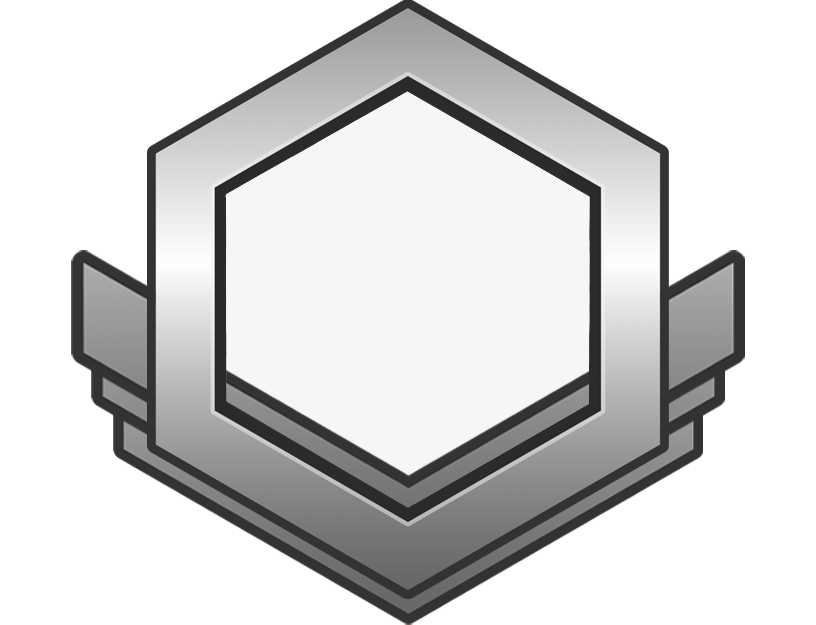

Trần Hải Anh
Giới thiệu về bản thân



































Independent learning often involves self-study, which means studying at home without a teacher. Many students prefer this method for its flexibility. However, it also presents certain challenges. Let’s consider both the advantages and disadvantages of self-study.
First of all, self-study fosters independence and responsibility because learners must plan their own schedules. They can explore topics at their own pace and develop valuable problem-solving skills. Secondly, self-study promotes critical thinking by encouraging learners to find solutions independently. Finally, it can be cost-effective since learners can access free resources online.
On the other hand, self-study can be difficult without a teacher’s guidance. Some learners may struggle to stay motivated or focused, especially when facing challenging subjects. Moreover, the lack of direct interaction with teachers and classmates can limit opportunities for feedback and discussion, which are crucial for understanding complex ideas.
In conclusion, self-study has both benefits and drawbacks. To make the most of it, learners should combine self-study with other learning methods, such as group discussions or teacher support.